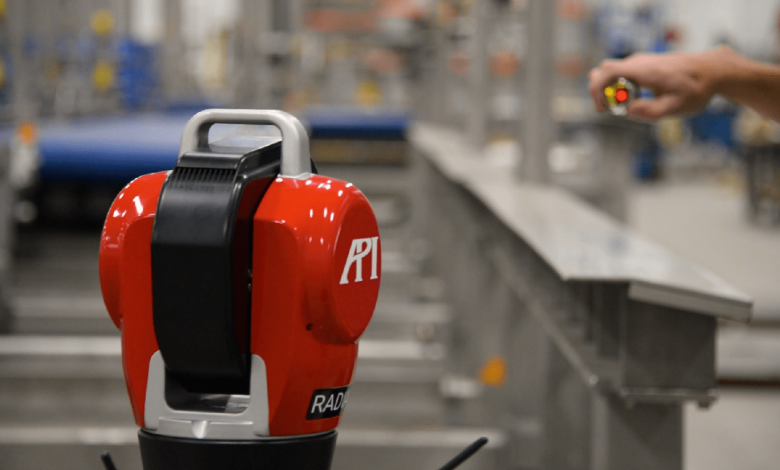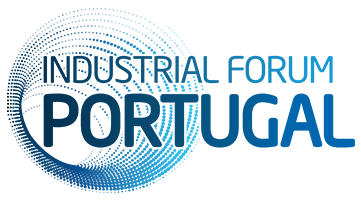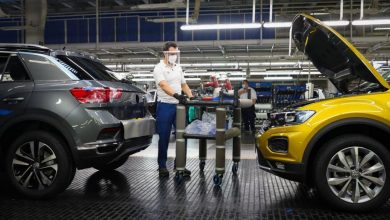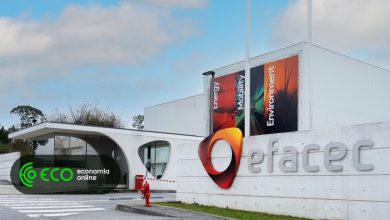
Tracking the Automotive Industry Real-Time
The Automotive industry is the second-largest market for Laser Trackers after the Aerospace industry. The Laser Tracker has become a critical measuring technology utilized both during the introduction of new models into ever-increasingly automated assembly plants, and as a tool to maintain process control of vehicle quality during assembly operations.
Below are highlighted some of the many and diverse applications that have become common place for Laser Trackers within the Automotive industry. Some of the Laser Tracker’s benefits include: portability, ease of operation, consistency of measured data, short and long-range measuring capability, and immediate feedback of measurement allowing real-time adjustments.
Weld Line Set-Up and Alignment
Complex automation lines comprise multiple stations all working in unison. The alignment of all aspects of each station is critical to its individual performance and ability to produce a quality operation. Positioning, leveling, and equipment alignment are a prerequisite of every automated station and their integration into the total solution. The Laser Tracker with its ‘shoot-and-measure’ performance allows the necessary adjustment and shimming to be performed quickly and with certainty. Line builders and system integrators typically run-off the automation cells in advance of shipment to OEM plants. All of the critical positioning, leveling, and equipment alignments have to be repeated during the final installation and are integral to system performance verification.
Assembly Line Set-Up and Alignment
Like the critical role the Laser Tracker plays in automated weld-line deployment, vehicle assembly lines are becoming increasingly automated with the same positioning, leveling, and equipment alignment mandated by the error reducing fit-and-finish tolerances.
Tooling and Fixture Inspection
Welding, assembly, and CMM inspection play critical roles in manufacturing the myriad of sheet-metal and plastic trim parts that make up today’s modern automobile. The Laser Tracker continues to increase its measuring role at both the manufacturing and try-out stages of tooling and fixtures. Unlike traditional coordinate measuring machines (CMMs), the laser tracker can measure in-situ, and in many cases, fixture and tooling that are too large for in-house CMM measurements.
Robot Programming
Most robots today are programmed off-line using virtual programming tools and in advance of physical hardware presence. The commanded positions from the robot path program, in most cases, need to be adjusted to accommodate the robots’ repeatable inaccuracy. By tracking a robot mounted SMR with a Laser Tracker the Tool Center Point (TCP) of each robot, position is calculated allowing the path program to be amended as necessary with the measured offsets.

Robot Calibration
Many robotic automation tasks require enhanced robot accuracy. 6DoF Laser Trackers are increasingly being used to improve robot accuracies, both ensuring off-line generated robot path programs require less on-machine adjustments and for applications requiring enhanced robot precision such as inline inspection.
Robot Tracking Associated with Laser Scanning
With the quest for enhanced real-time product knowledge and improved process control, in-line inspection of the complete constructed Body-in-White assembly, rather than just a few discrete gauge points and deemed critical features, is becoming the new automotive plant trend. Robot mounted optical scanners, with real-time accurate tracking of robot position using a 6DoF Laser Tracker, allow the creation of a complete color map with direct comparison against nominal CAD data, allowing rapid analysis of both individual errors and process trends.
Laser Scanning of Prototype and Pre-Production Components
Laser Scanning is nothing new to the automotive industry. The seamless integration of laser-line scanners with Laser Trackers, however, provides enhanced measuring volume and improved accuracy. These CMM-style tactile measurements are combined with optical scanning without needing to move the parts from their production environment, providing instantaneous results and feedback.
Rapid Quality Issue Resolution
No manufacturing operation produces perfect parts. The Laser Tracker is increasingly providing a rapid deployment measuring solution on the plant floor to evaluate part and assembly quality and tooling assessments providing the necessary problem resolution data. Taking a high accuracy Laser Tracker measurement solution to the production environment outperforms the traditional attempt to perform similar problem resolution using fixed CMM quality lab-based solutions.
Font: Metrology





